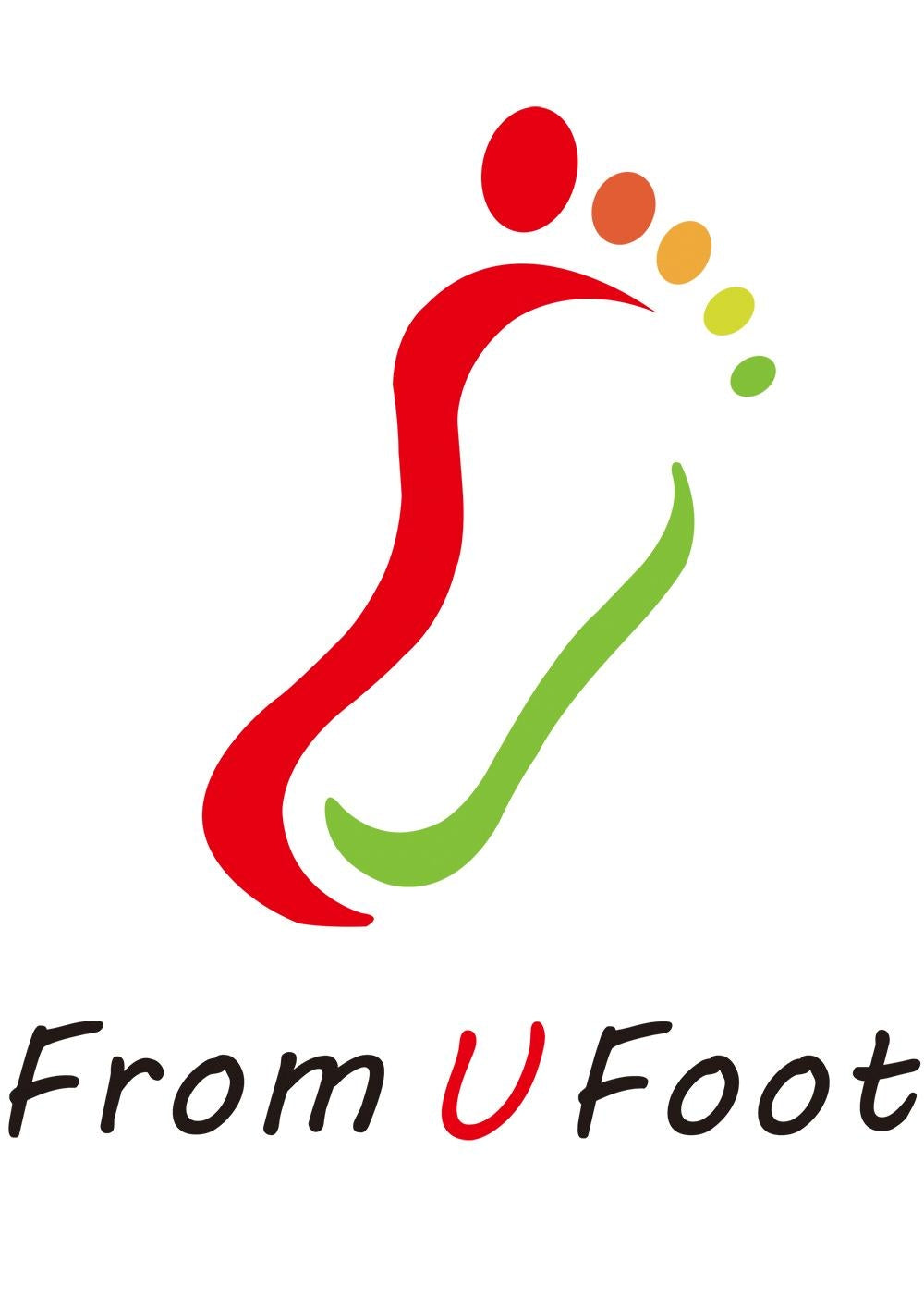DO’S AND DONT’S OF PERSONAL FOOT CARE
Taking care of the feet is fairly straightforward for most people and allows them to enjoy good foot health .
DO
.wash the feet ,including the toes ,daily with warm water and a mild soap.
- thoroughly dry the feet and between the toes after washing them.
- moisturize the feet,but not between the toes,after washing them.
- trim the toenails straight across rather than by rounding them.
- inspect the feet regularly (daily if you have diabetes or loss of sensation in your feet) to look for cuts,blisters, signs of infection, dry or scaling skin, embedded objects, changes in moles and other skin marks, and changes in toenails.
wear shoes that fit properly and that are designed for whatever activity you're doing.Use caution wearing open-toe shoes, sandals,and flip flops: People have been injured wearing such shoes on escalators and elevators.
- alternate shoes from day to day to allow shoes to dry out.
- maintain overall health by eating well, exercising, and avoiding smoking.
Maintaining healthy feet includes a few don'ts as well.
Don't.
- walk barefoot,because of the risk of wounding the feet and getting an infection.
wear tight or improperly fitting shoes, because they cause problems rang-ing from blisters to serious damage to the foot's structure and shape.
share shoes with other people, because of the risk of skin and toenail fungal infections. Shoes lose their inherit support and cushioning as they wear down.Also,shoes wear down according to an individual's structure and function. Sharing a shoe may force a foot into a completely differ-ent position.For example, a pronated foot will excessively wear down the inside edge of a shoe, so sharing this shoe with someone who has a supinated foot can have a devastating effect.
soak the feet in water, because it dries the skin and increases the risk of an open wound becoming infected (from bacteria in the basin or tub).If you really enjoy the relaxation of soaking your feet and you have intact skin-no scaling, cracking, or splitting-soak your feet for no more than ten to fifteen minutes two or three times a week.
self-treat infections,because they can spread and worsen quickly,even in an otherwise healthy person. If you don't have diabetes, it's fine to self-treat minor cuts and scrapes, but if you have diabetes, poor circula-tion,or other conditions that have compromised your immune system,
or if there is any question that the area may be infected, seek medical care.
use over-the-counter cortisone creams or other steroid creams on open wounds or abrasions,because steroids can interfere with the healing of a wound and worsen infection.Steroid creams are better for dermatitis,to treat the rash and resolve the redness and itching.
ignore moles and other skin marks that are changing in size, shape, ap-pearance,or color or that begin to bleed, because of the possibility that it could be skin cancer. The earlier a skin cancer is caught, the better the outcome.
- ignore pain or other symptoms that persist beyond two or three days, because the body is indicating that something is wrong.
A healthy individual without pain and without any difficulty moving around and participating in activities doesn't need to have a regular foot checkup.However,people with certain health issues, such as diabetes,poor blood circulation, a compromised immune system,and nerve disorders that diminish sensation in the lower leg or foot, should regularly visit a physician for a foot examination, even if they don't have any specific signs or symptoms of foot problems.
Even if you are otherwise healthy, you should go for a medical assessment if you experience or notice:
- persistent pain or swelling in the foot,
- discoloration of the skin or toenails,
- sores that are slow to heal or are not healing on the foot or ankle,
- burning or tingling in the foot,
- pain in the foot or ankle that gets worse with activity,
- a flattening of the foot's arch,
- a mole on the foot or ankle that changes in appearance,
- a lump or bump on the foot or ankle that increases in size or becomes painful,
- a foreign object embedded in the foot or ankle.

